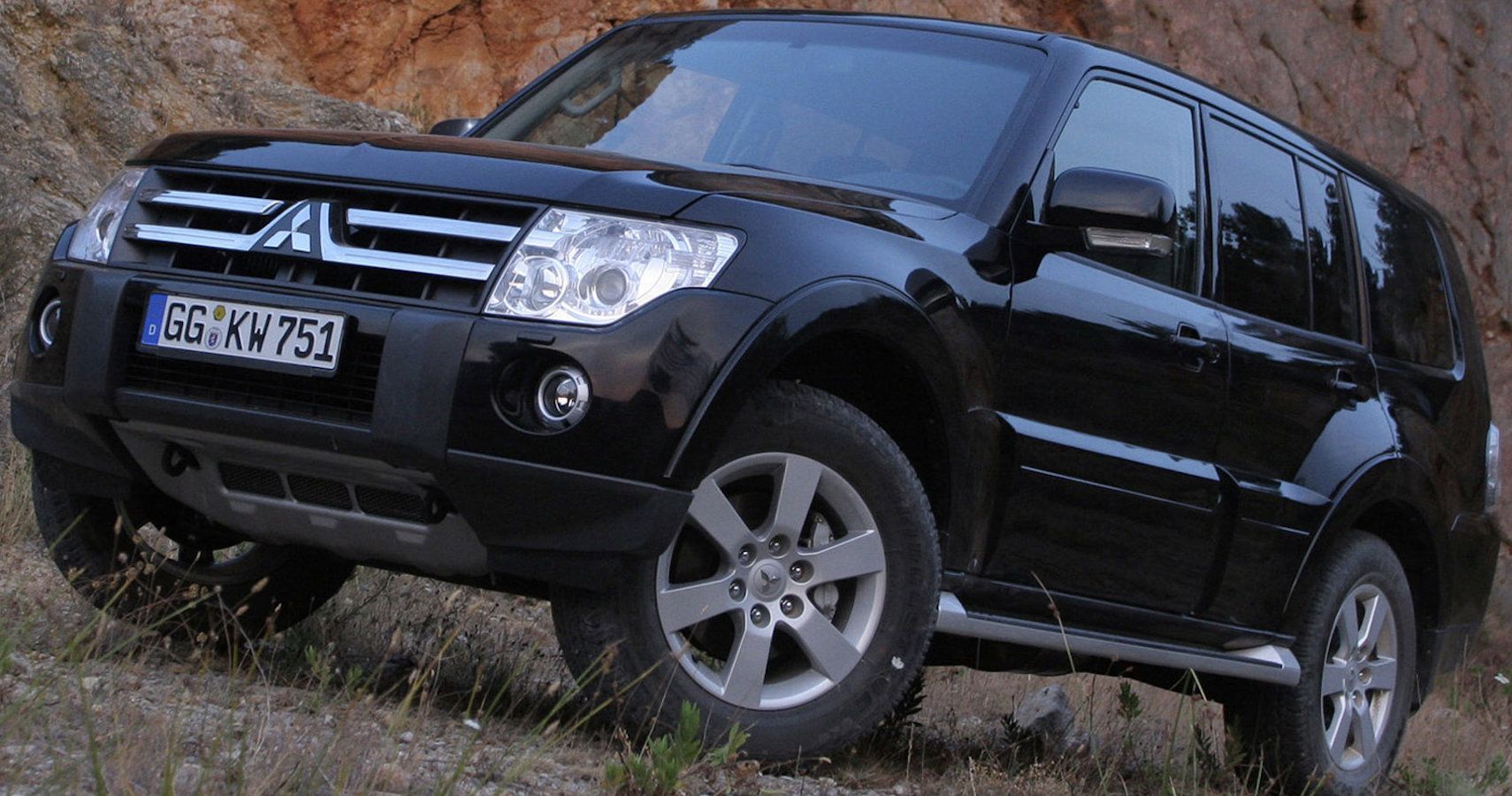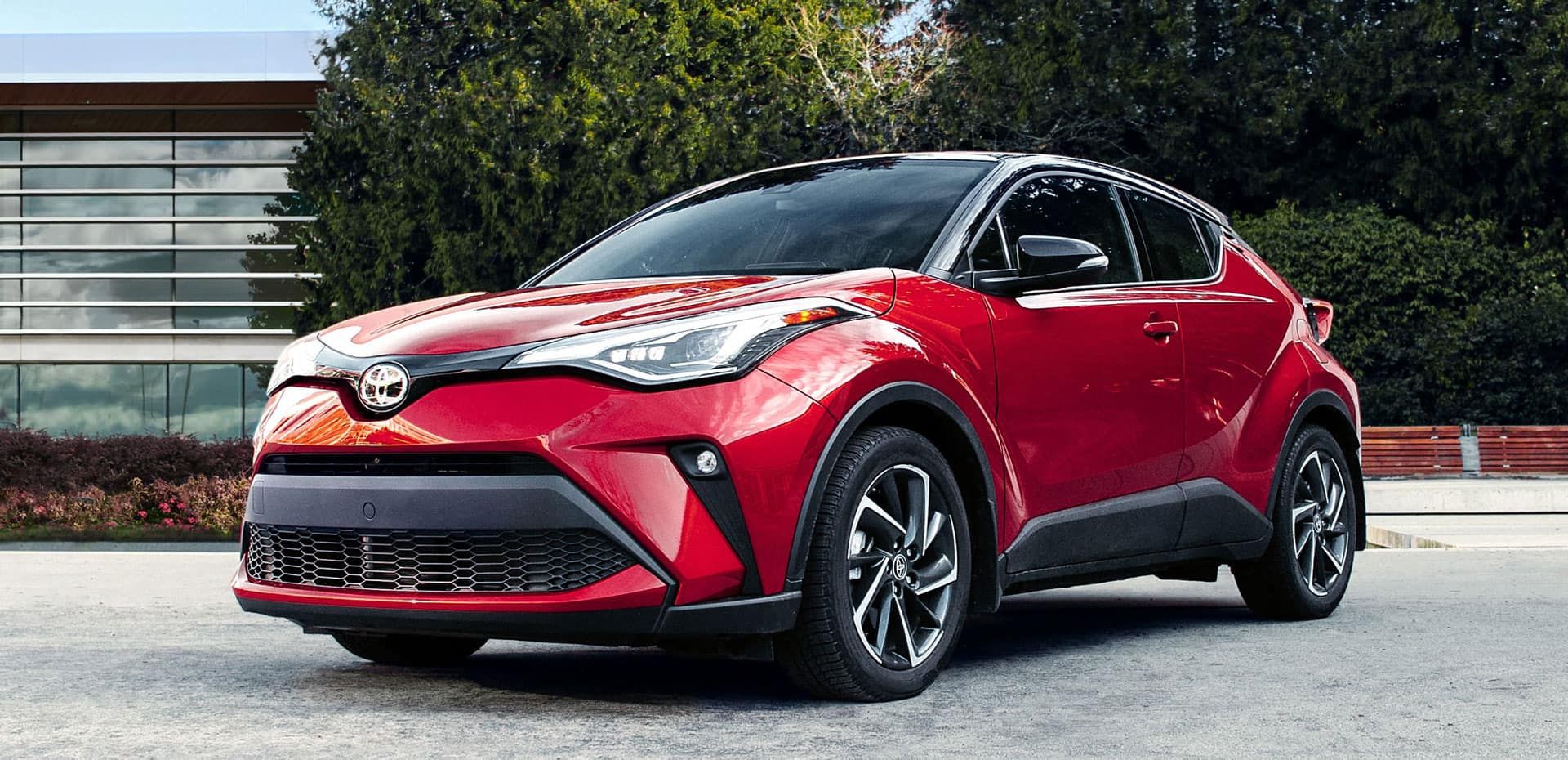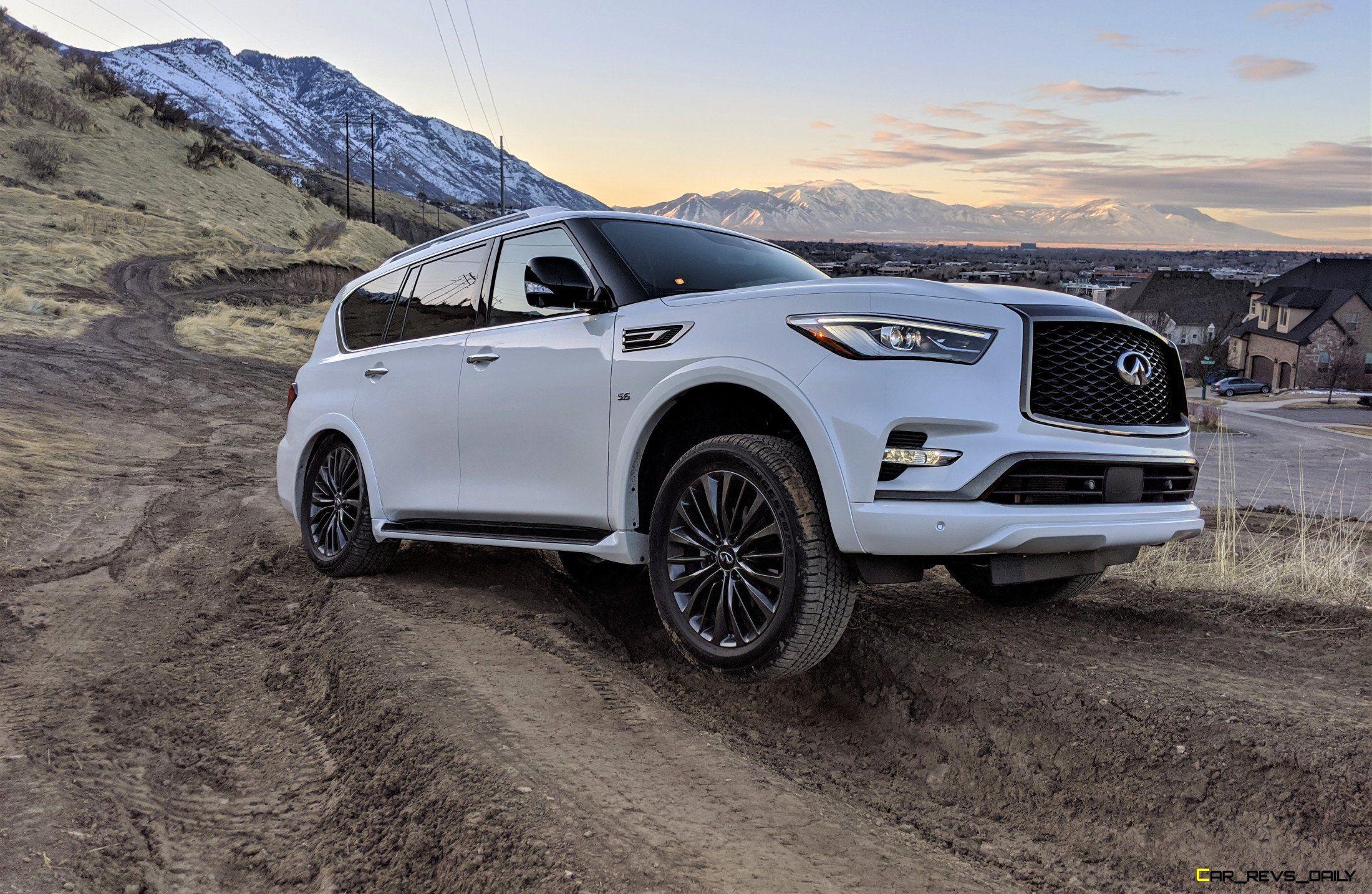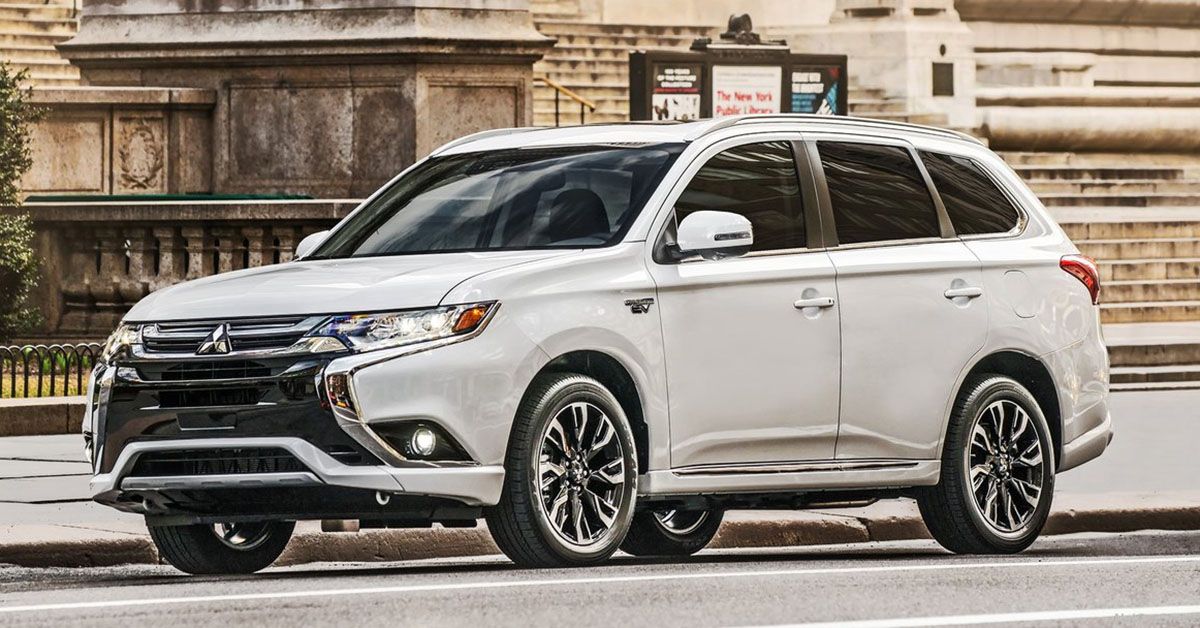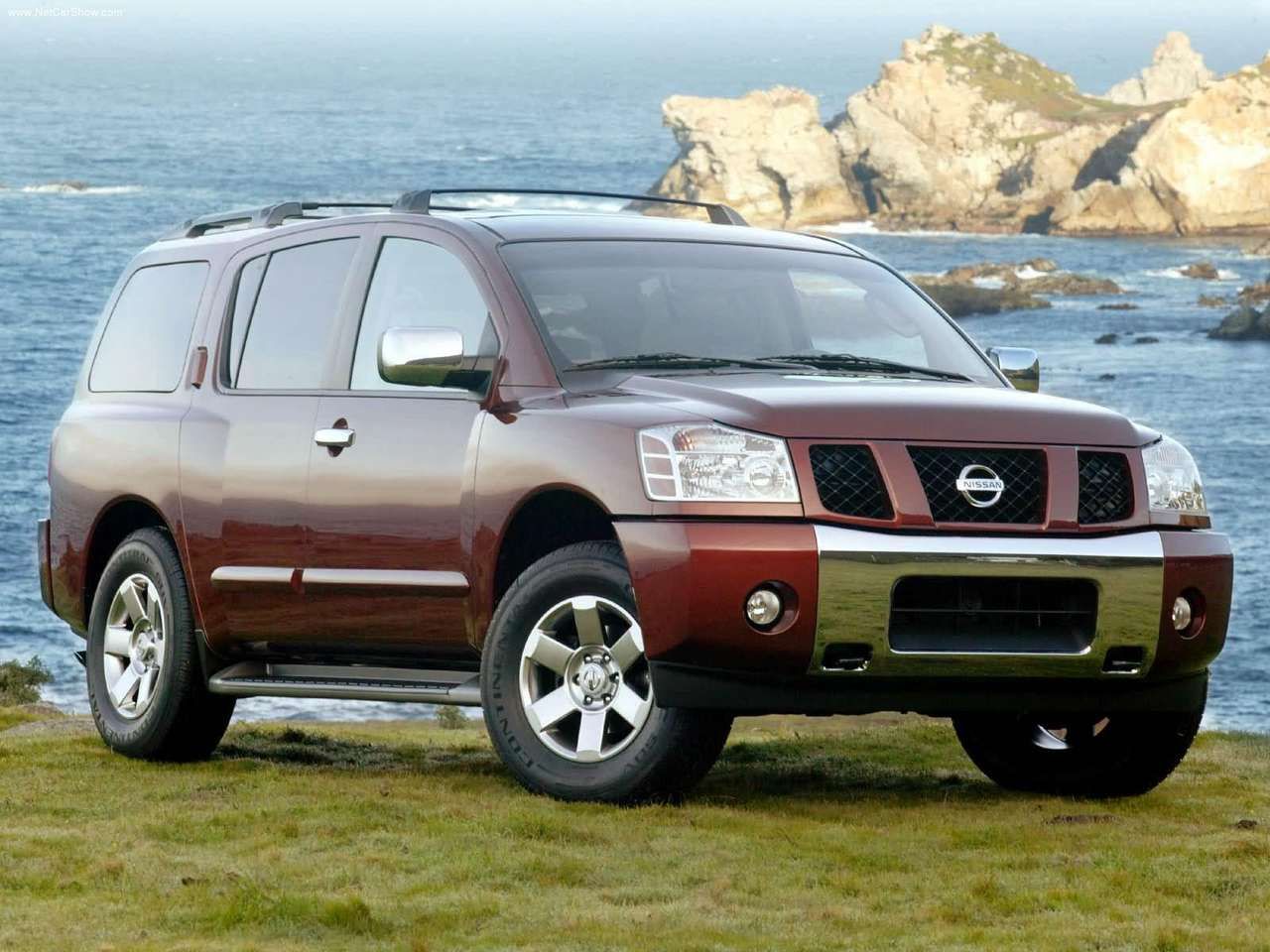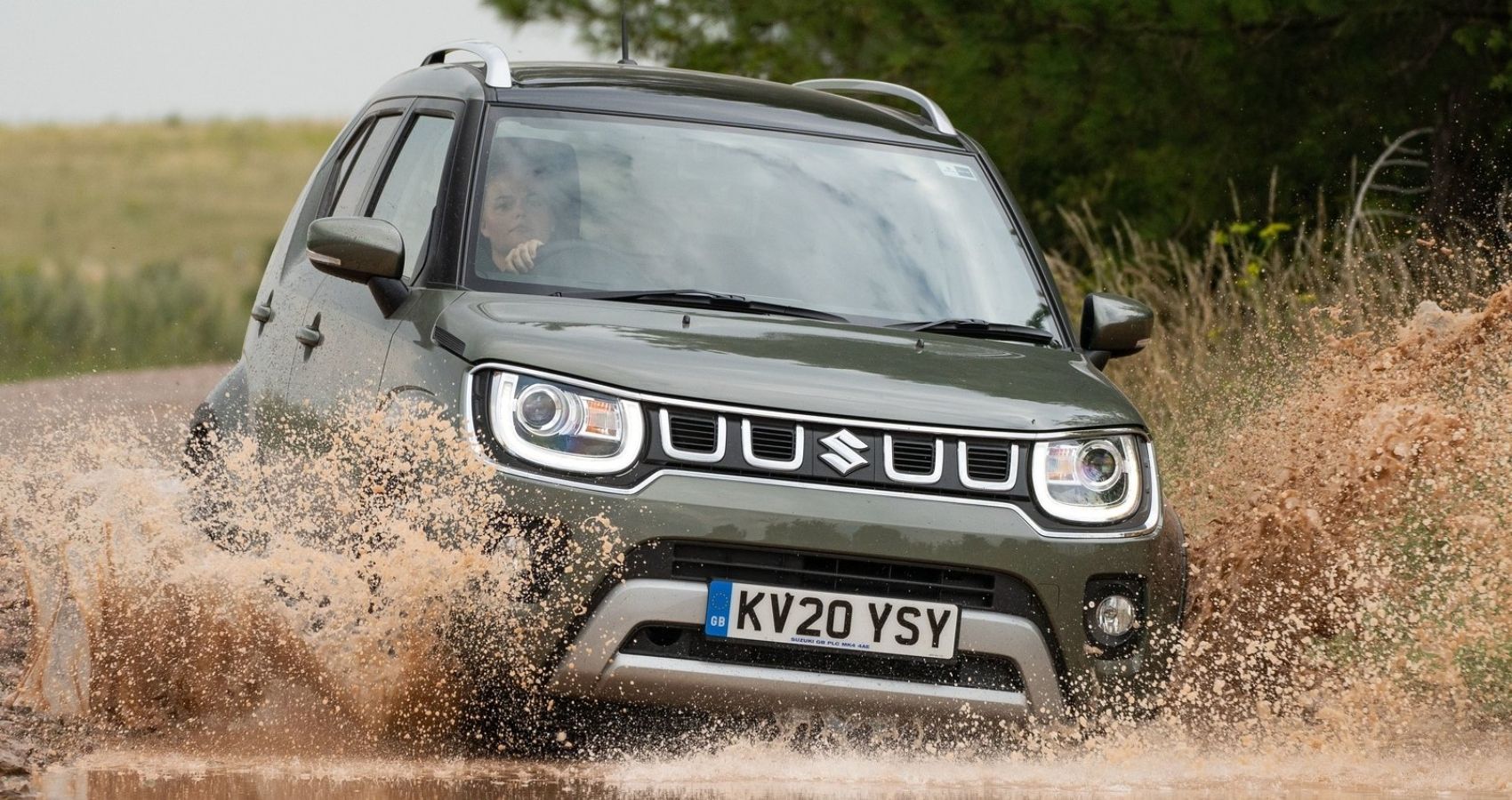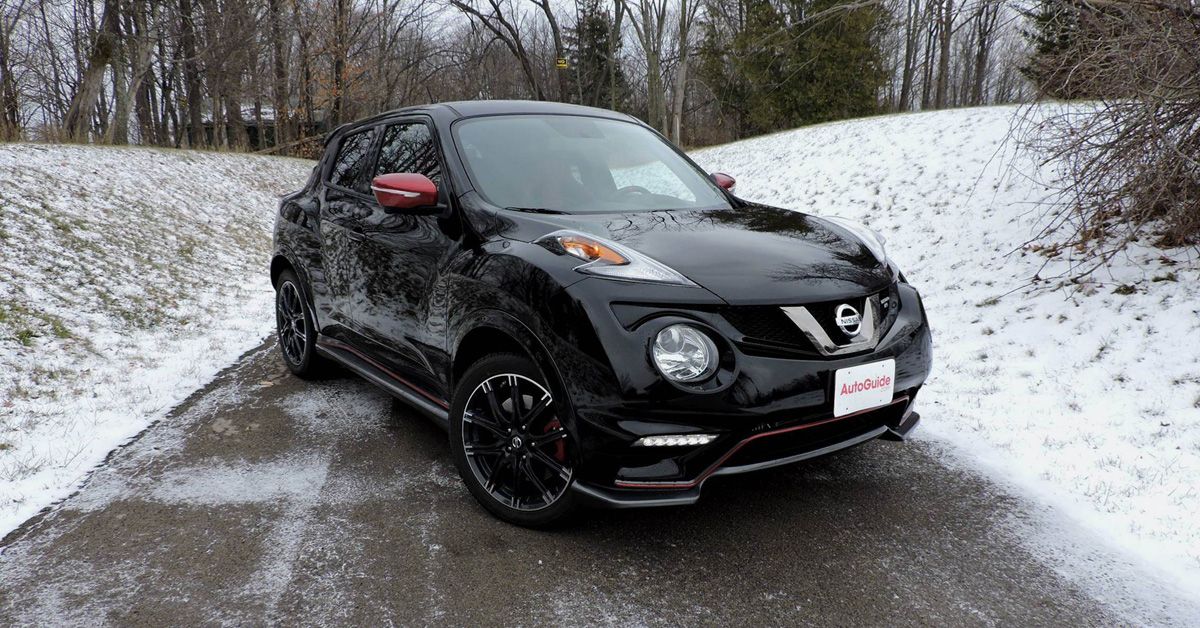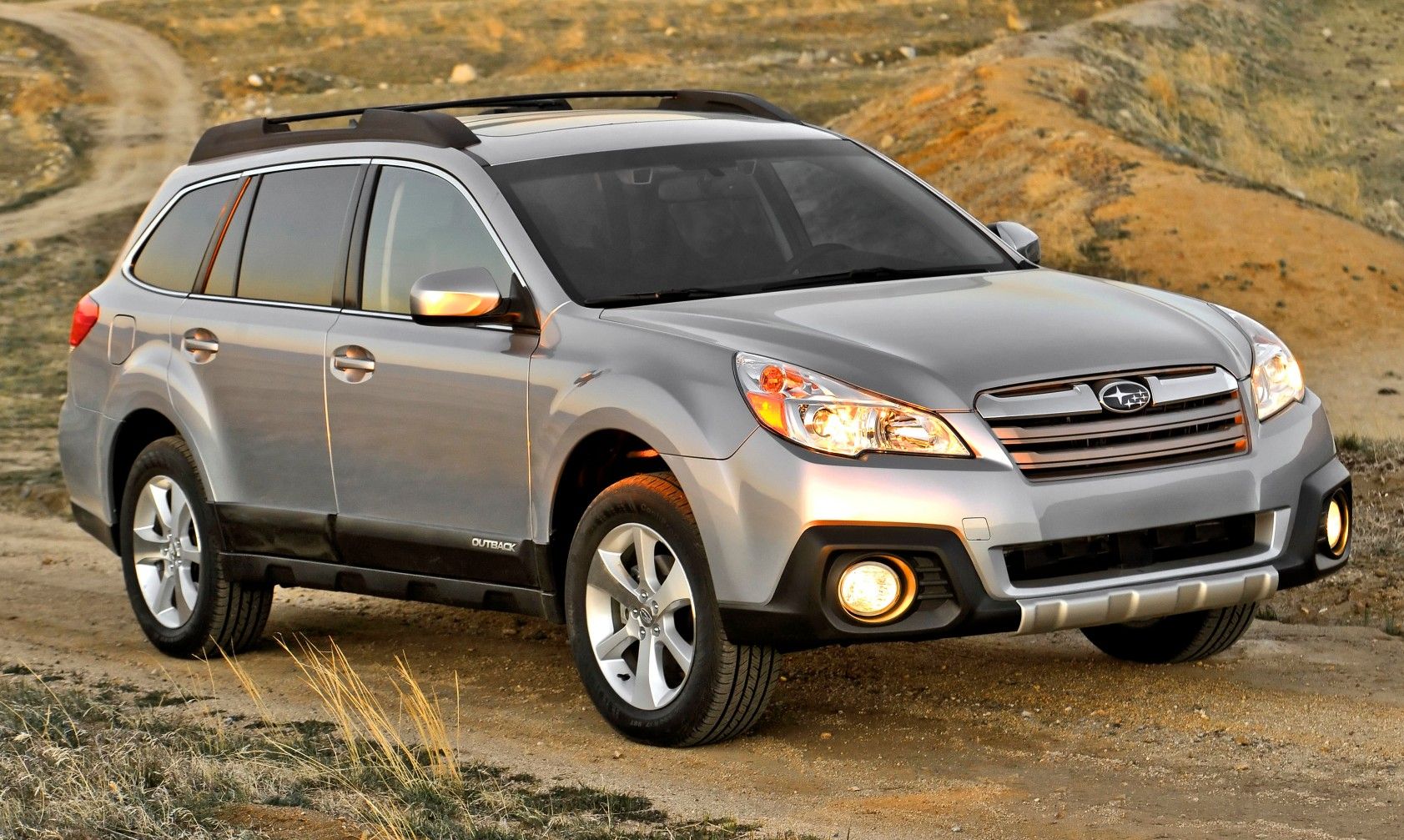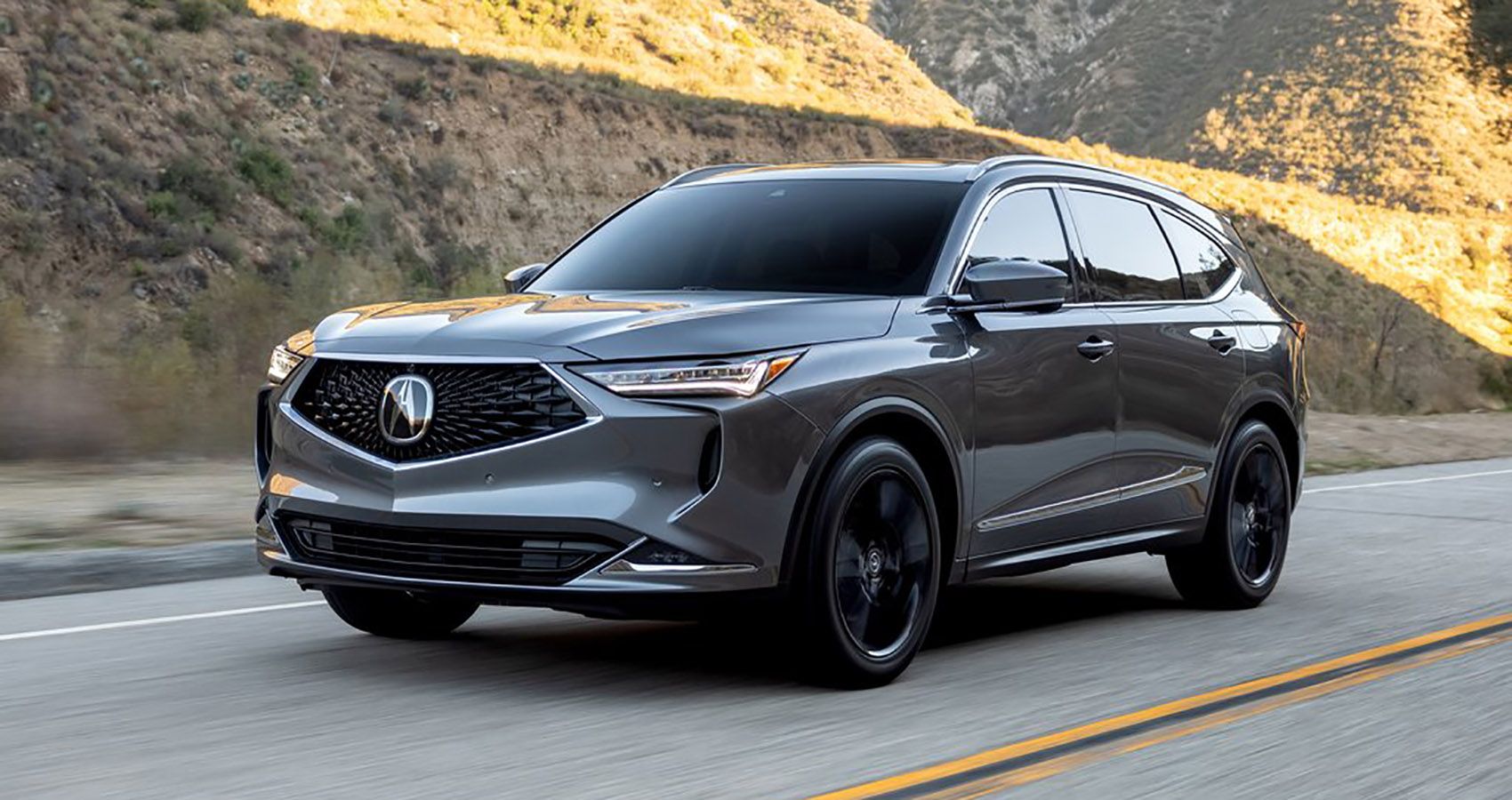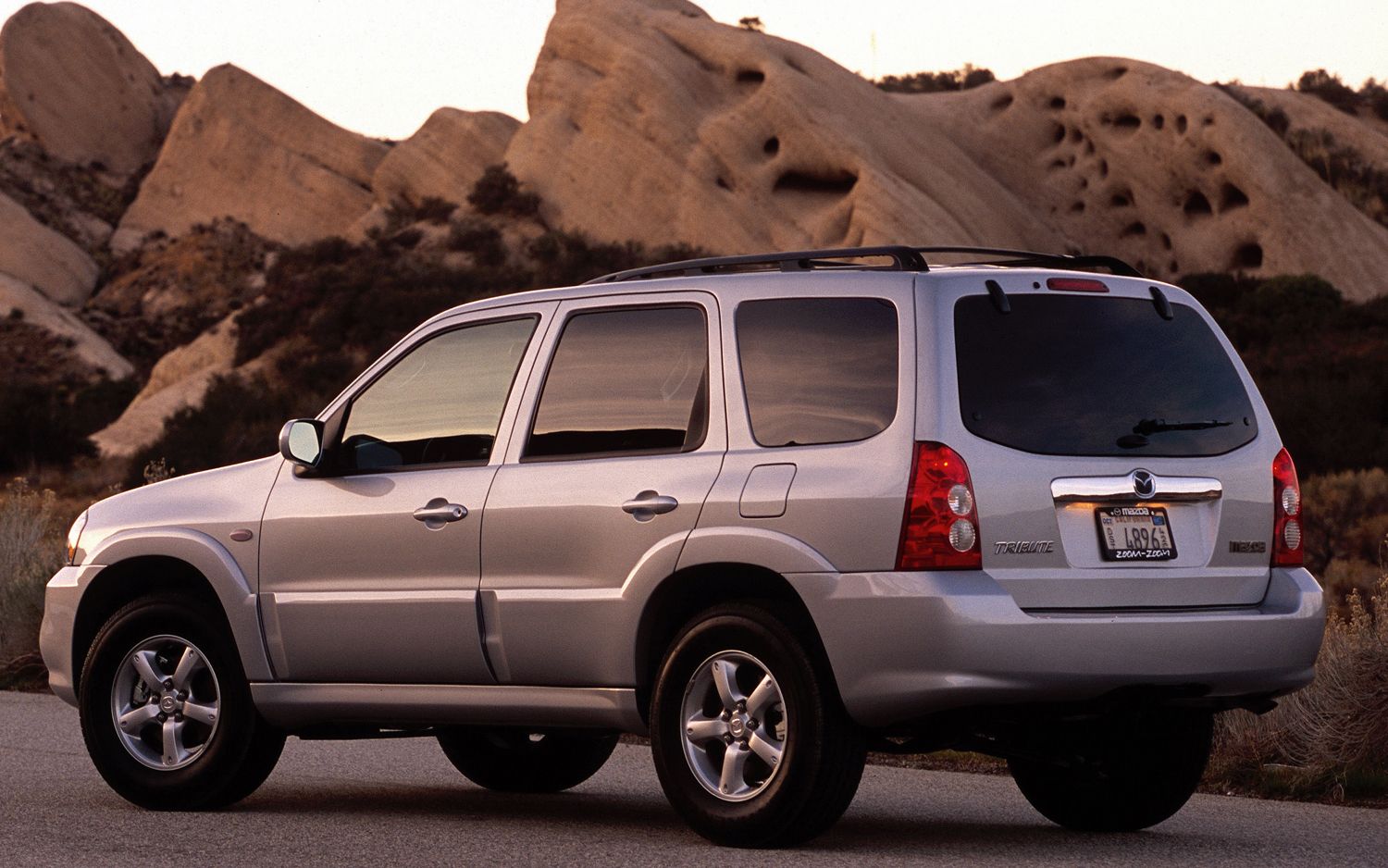The used car market offers a wide variety of Japanese SUV. The Japanese car the models are well built and usually offer unbeatable reliability. According to Consumer Reports, the most reliable SUV brand is Toyota, with second Japanese giant Honda following closely behind. When choosing the most reliable SUV to buy used, the list will definitely include names like the Toyota Rav-4 or the Honda CRV. The brands themselves are in fierce competition to see who can last the longest.
As with most things, there is always the good and, most likely, the bad. While some have average to good reliability ratings from authorities like JD Power and Consumer Reports, the vehicles listed carry hefty repair bills, factory breakdowns, and serious hassles that can really drain your pocket and weaken your mental fortitude. Here are some Japanese SUVs you should probably stay away from.
10 Mitsubishi Pajero – Reliability 80/100
The Mitsubishi Pajero is a full-size 4×4 SUV first manufactured in 1981. Since then, it has evolved over the decades making improvements in some areas, but simultaneously dropping the ball in others. The 2011 model seems to be pretty problematic according to most owners. Powerplants in the 2011 Pajero come in a variety of versions ranging from a 3.8-liter V6 gasoline engine with 250 hp to a less powerful 3.2-liter diesel engine with 160 hp.
Rust was a major problem. Many owners noted that extensive rust problems were unusual, especially considering the weather conditions and age and mileage. Owners have also complained of a disturbing noise or a hissing sound when driving at high speeds. The presence of black smoke under low power during acceleration and the lack of an overdrive option should be enough to seal the deal.
9 Toyota C-HR – Reliability 81/100
The Toyota C-HR is a small crossover, designed to integrate the driving experience of a sedan with the increased seating position of an SUV. The C-HR has a coupe-like sloping roof body style. The interior is laced with soft-touch material combined with plastic door panel inserts with elegant geometric patterns. These patterns are highlighted at night on the Limited trim by soft ambient lighting. It’s clear that the C-HR’s styling is what attracts the attention.
As mentioned at the beginning, however, all that glitters is not gold. Despite its decent reliability score, failed transmissions were heralded by humming sounds that progressed to whining and whining sounds. One particular case saw the transmission fail just 10,500 miles after purchase. The tripped AC system starts blowing hot air within months of purchase. Another worrisome issue was the battery draining after a single day of inactivity. All of these headaches listed were shortly after I purchased this vehicle new.
8 Infiniti QX80 – Reliability 79/100
The Infiniti QX80 is a full-size SUV available in rear-wheel or all-wheel-drive configurations, seating eight people in three rows. It’s powered by a 5.6-liter V-8 engine mated to a seven-speed automatic transmission that produces an impressive 400 hp. The highest trim level called “Limited” includes 22-inch wheels, ash wood trim, satin chrome trim and other high-end features and finishes.
One of the most reported complaints about the 2019 model was the battery issue. The battery drain was severe, unexpected and in some cases left drivers stranded. Other electrical issues saw the alternator fail prematurely and was assumed to be the reason why battery performance was impaired. The rear camera would work intermittently, the brake pedal was faulty, the fuel gauge was faulty and the fuel pressure sensor would leak.
7 Mitsubishi Outlander – Reliability 71/100
The Mitsubishi Outlander has been on sale since 2003. Since then it’s been trying to stand out, but it seems the competition has always outdone it. The Outlander is a seven-seater SUV equipped with features that provide practicality and comfort. Mitsubishi had promised owners that they would “love it” by purchasing an Outlander. However, the troubled 2014-2018 group has only left people struck by financial lightning.
According to the recall documents, some vehicles had faulty relays that caused various engine problems, including stalling, reduced engine power and overheating. The low crash score went hand in hand with its faulty airbags. Many models had automatic transmission failure. To top it off, there were some disturbing noises coming from the engine. The factory paint was of poor quality. An average of 11,400 miles saw ripples and paint chips that rusted away.
6 Nissan Pathfinder – Reliability 77/100
The Nissan Pathfinder is a reliable SUV new or used, but at over 30 years old it has its fair share of problems. It’s probably best to stay away from the 2005-2007 Pathfinder. Equipped with optional 4×4 powered by a 2.5-litre 4-cylinder diesel engine or a 4.0-litre V6 petrol engine. Both engines produced 174 hp and 269 hp respectively.
These Pathfinders had a serious problem with coolant leaking into the transmission. A faulty part within the cooling system would normally rupture, causing the coolant to mix with the transmission fluid. This critical failure event was dubbed the “Strawberry Milkshake of Death” (or SMOD) because of the color the mixture of fluids produced. The gasoline engine was notorious for losing power and tearing during acceleration.
5 Suzuki Ignis – Reliability 58/100
This small Japanese SUV comes in an optional four-wheel drive package. The Suzuki Ignis looks like an SUV that was shrunk down to the size of an entry-level compact hatchback and doesn’t have many direct rivals. The Ignis is powered by a 1.2-litre 4-cylinder engine that can be mated to a 5-speed manual or automatic CVT transmission. Below are some of the most common issues that consumers report.
Ignition switches were reported to start smoking randomly. This was caused by a faulty electrical wire jumper in the ignition or charred grease lodged inside the switch. A faulty factory anti-roll bar caused a regular or creaking noise that would knock or even turn the steering wheel. Models were even recalled for increased risk of fires due to fuel leaks as a result of faulty manufacturing processes.
4 Nissan Juke – Reliability 79/100
The Nissan Juke offers powerful engines, good handling, all along with a comfortable ride. Drawbacks include a lack of cargo space and not-so-good reliability. There aren’t many people like the Juke; this can be attributed to its peculiar ugly exterior design. The cabin is mostly lined with padded materials, with the front seats rather supportive.
The sunroof has been known to rattle and eventually crack and explode into many pieces. Nissan’s faulty glass tempering process is to blame for this dangerous occurrence. Something serious to consider. You are welcome to the notice. Get it? The engine, transmission and fuel system will never cease to amaze. From misfiring to starting, blown turbos and engines, seized transmissions and electrical issues, these Jukes are loaded.
3 Subaru Outback – Reliability 73/100
The Subaru Outback is a very popular SUV that has been produced since 1995. The body style has remained pretty much the same with four doors with easy passenger access. The rear hatch and roof rack allow the Outback to carry a lot of cargo both inside and on the roof accordingly. The Outback has good towing capacity, enough to tow jet skis or fishing boats on the weekend.
Subaru models are notorious for their nasty oil problems. This SUV is no different. The Outback engine oil leak has been passed down over the years and is basically a mechanical legacy at this point. Outbacks often suffer from broken oxygen sensors that do not affect fuel economy and cause rough running. Slight warping caused the head gaskets to fail and allowed oil to leak out of the engine bay.
2 Acura MDX – Reliability 78/100
The 2023 MDX features a 290-hp V-6 engine balanced with a double-wishbone front suspension for sharp cornering. The MDX Type S generates 355 hp from a turbocharged V-6 engine with available air suspension. Despite being backed by Honda’s legendary reliability, the MDX has its fair share of annoyances that span different generations.
Early 2000 models of the first generation transmissions suffered from a serious bug. Poor acceleration, skidding, shaking, hard shifting and not selecting gears were part of the nightmare. Some owners ended up having to replace the transmission not just once, but twice. Second generation models from 2007 to 2009 used piston rings that clogged easily with carbon buildup, resulting in excessive oil consumption. The suspension system is notorious for making loud noises. The Sport and Advance models came with an electronic adaptive damping system (ADS) that used magnetic struts to improve handling. These tend to fail prematurely and with no aftermarket options, they are expensive replacements.
1 Mazda Tribute – Reliability 57/100
Mazda has a wide variety of vehicles on the market, many of which have been in production for a relatively long time. The interior is spacious and offers adequate comfort. Mazda marketed the Tribute as the Miata of SUVs, a claim that was backed up by owners who described the Tribute as fun to drive, some claiming it was a truck that drove like a car. Despite this, the Tribute did not have a long life on the market.
Rust was a sore spot for this SUV. The wheel wells rusted and the struts also rusted very early in the life of the new vehicle. Recalls were issued for faulty fuel supply modules that sent fuel through small cracks and hot surfaces. There was a very dangerous issue that caused the power steering to randomly disengage. Other drawbacks would include stalling after a cold start and AC fan motor malfunction.



